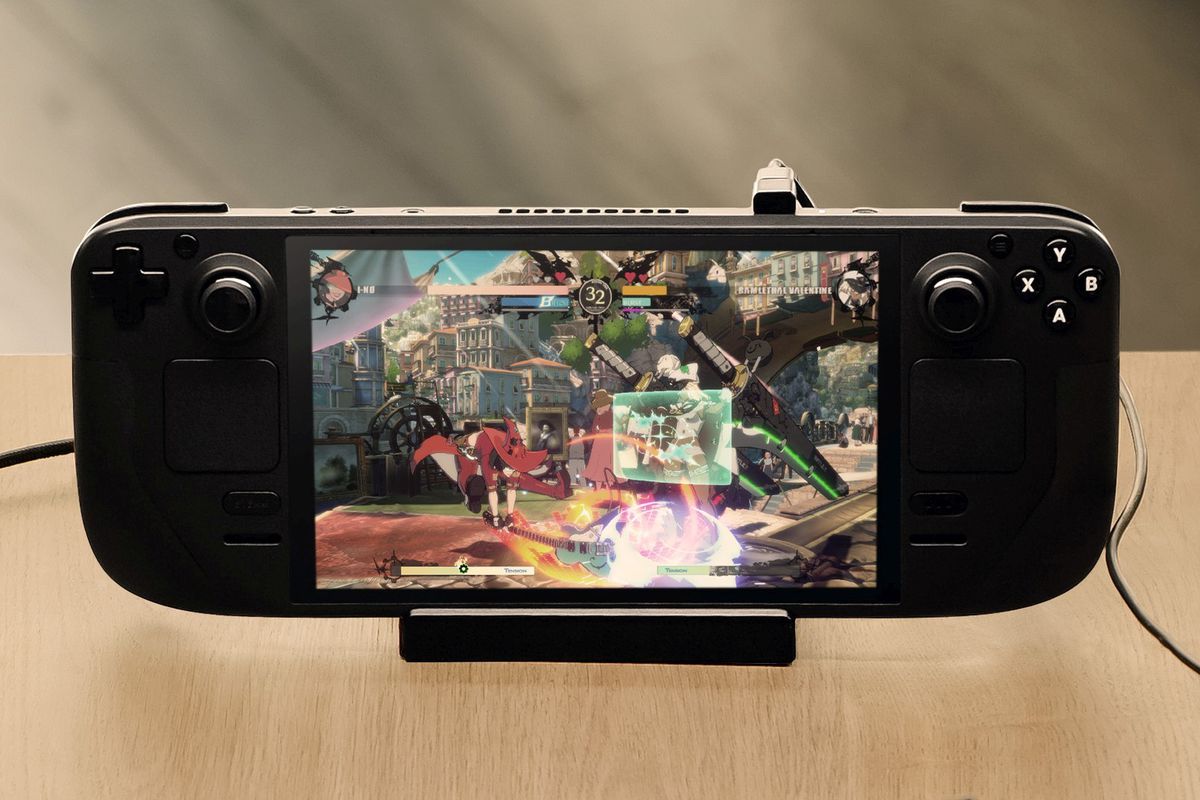

The joysticks that make the primary control scheme for the Steam Deck are also complimented by the console standard ABXY diamond button scheme, two bumpers, two triggers and two touch pads, which should make games with complicated UIs easier to manage.

All versions of the Steam Deck have an optional microSD slot for additional storage, although no microSD can come close to matching the internal NVMe SSD’s bandwidth (or a regular SSD for that matter). The Steam Deck also features a 7-inch touch display with a resolution of 1280 x 800p set at a refresh rate of 60Hz, alongside various levels of storage across different price points, capping out at $649 for a 512GB NVMe SSD. All the same, the RAM inside the Steam Deck should support its components reasonably well, with early testing showing promising FPS results across a multitude of games. This is why users are looking forward to testing out the 16GB of LPDDR5 RAM clocked at 5500MHz alongside its other components.

But being a custom part, the Steam Deck’s GPU doesn’t have a comparison in today’s market, and Valve’s use of SteamOS to minimise overheads makes direct parallels difficult to draw.īecause an APU doesn’t have access to dedicated, separate RAM for its graphical processing like a dedicated GPU does, the RAM inside the Steam Deck is mightily important. Despite this relation, there isn’t a direct comparison that one could make towards any other CPU.Īs for the graphical processing power inside the APU, the Steam Deck is, again, using AMD technology by placing an RDNA 2 GPU into its system-on-chip hardware that sports up to 1.6 TFLOPS, or about a third of what the GTX 1060 can handle. Its an 4-core processor that caps out at 3.5GHz, and can most closely related to the 3000 series of AMD desktop CPUs on the market today, which also function on Zen 2. To start, the Steam Deck, which releases on February 25, offers users an APU that functions on AMD’s Zen 2 architecture.


 0 kommentar(er)
0 kommentar(er)
